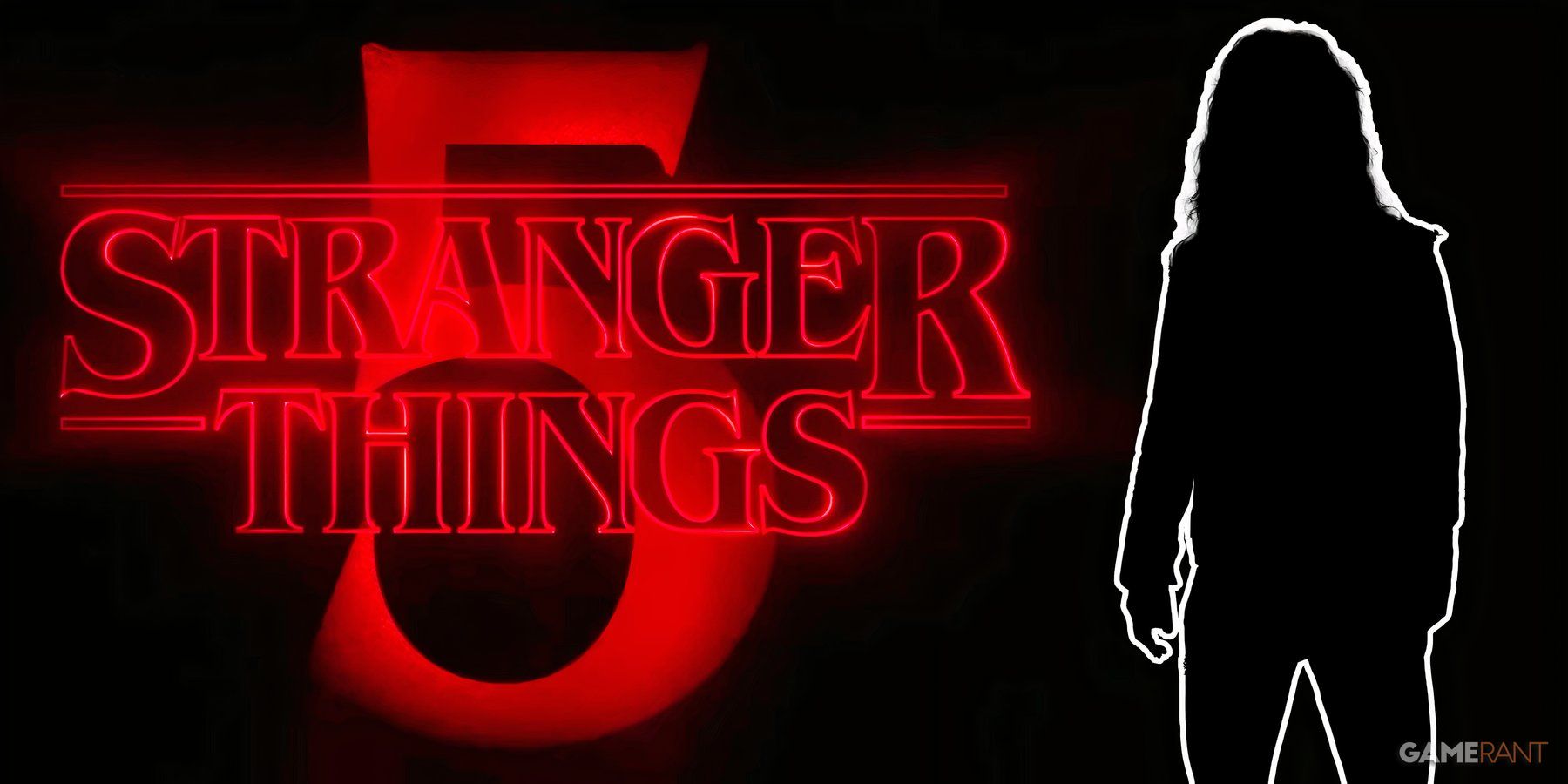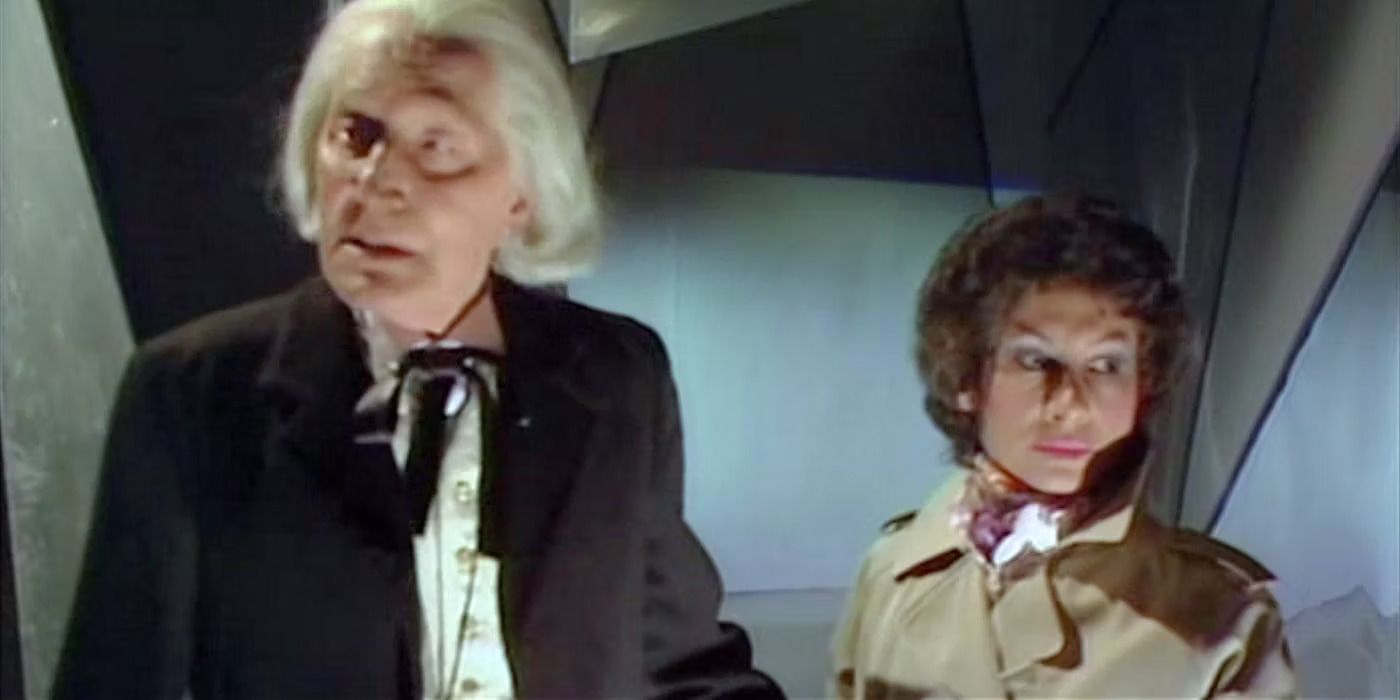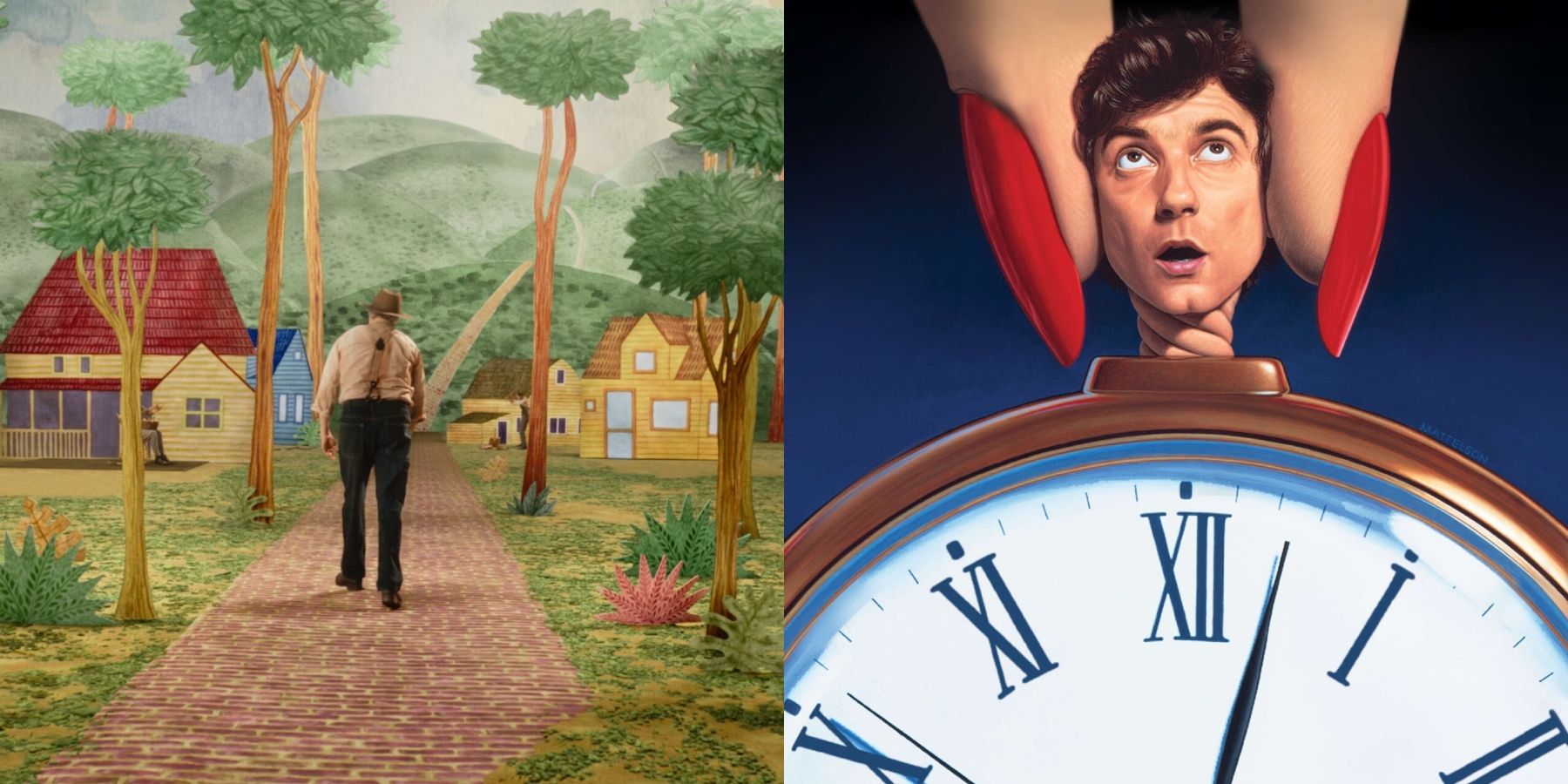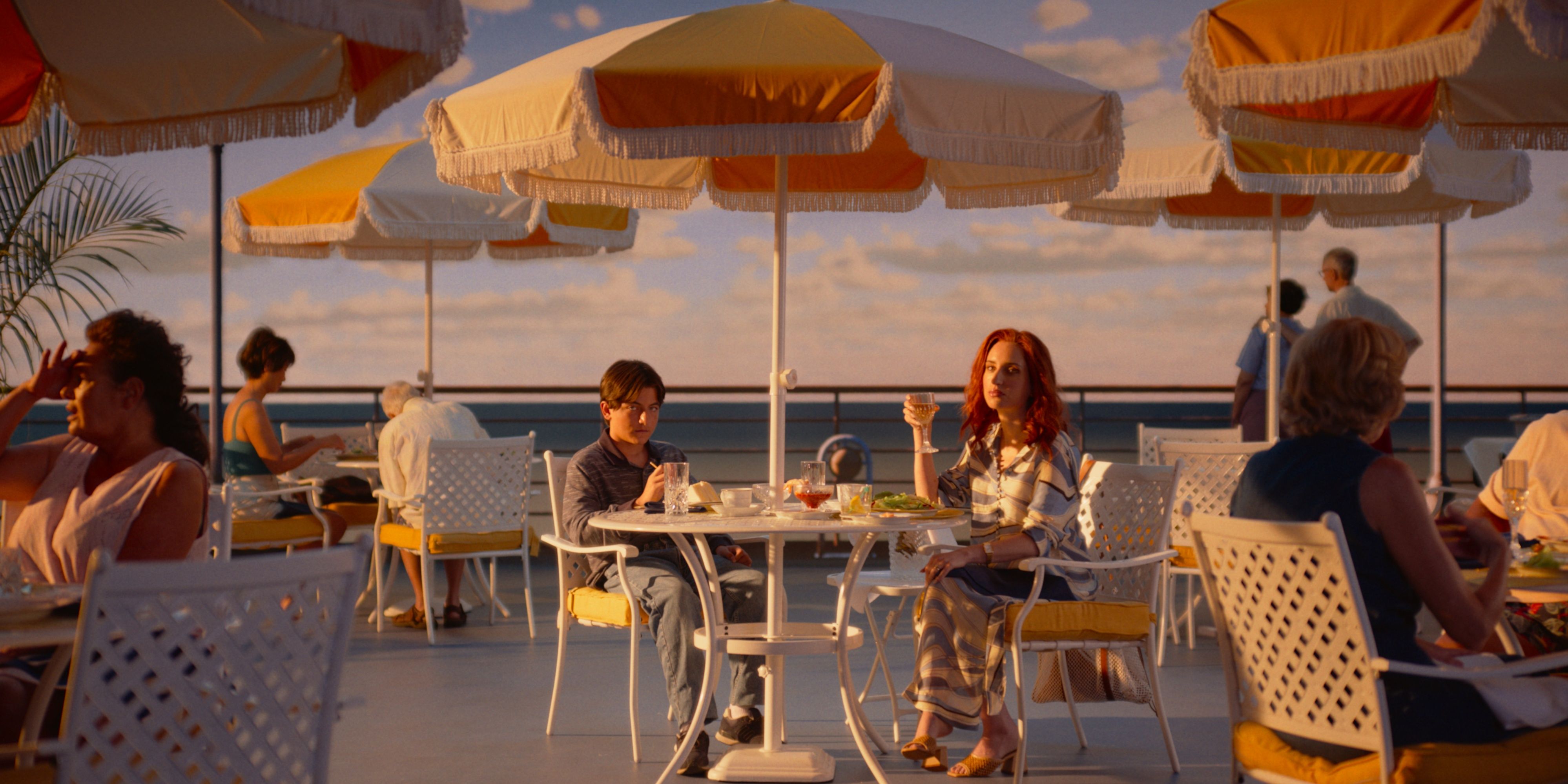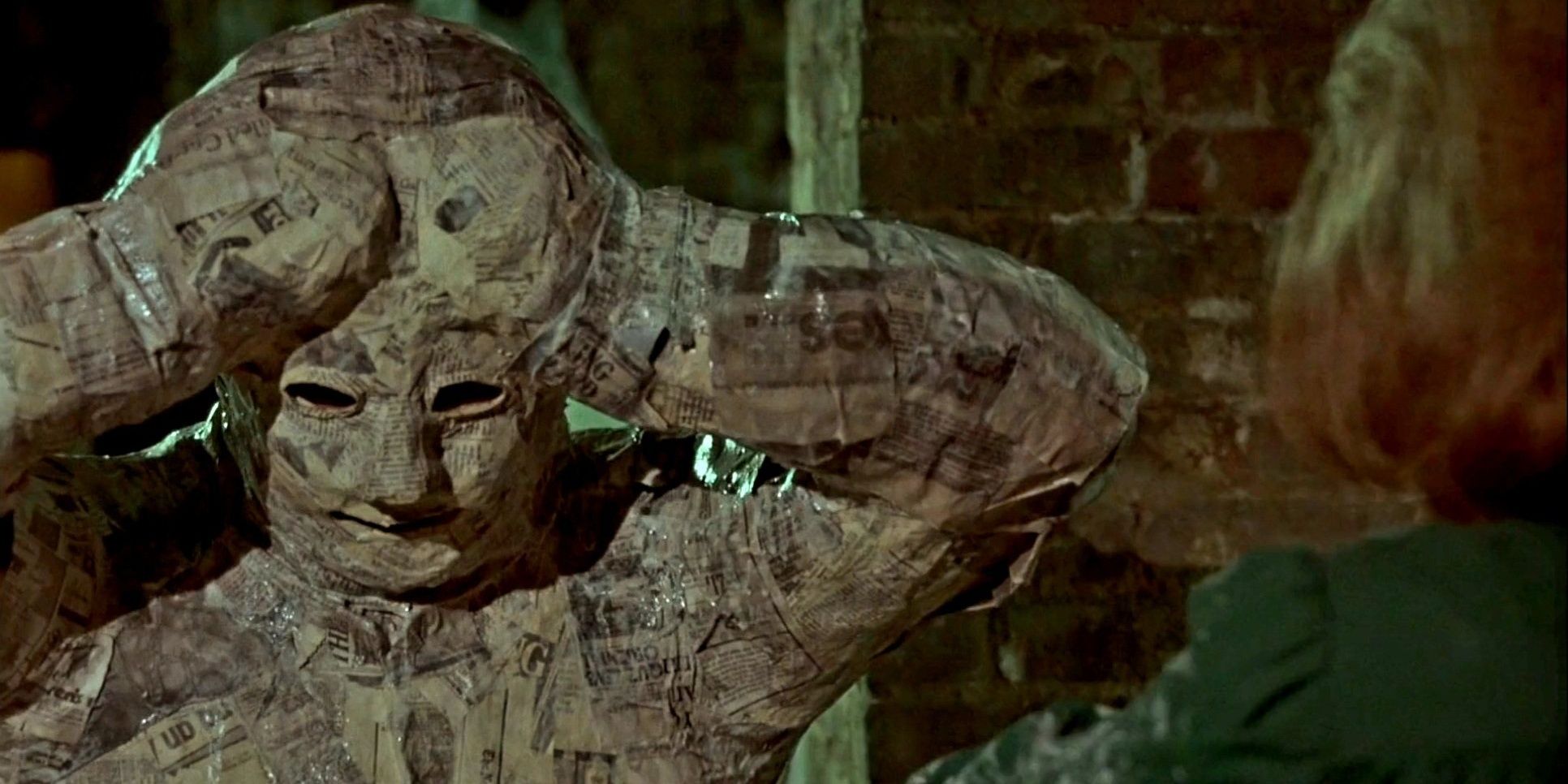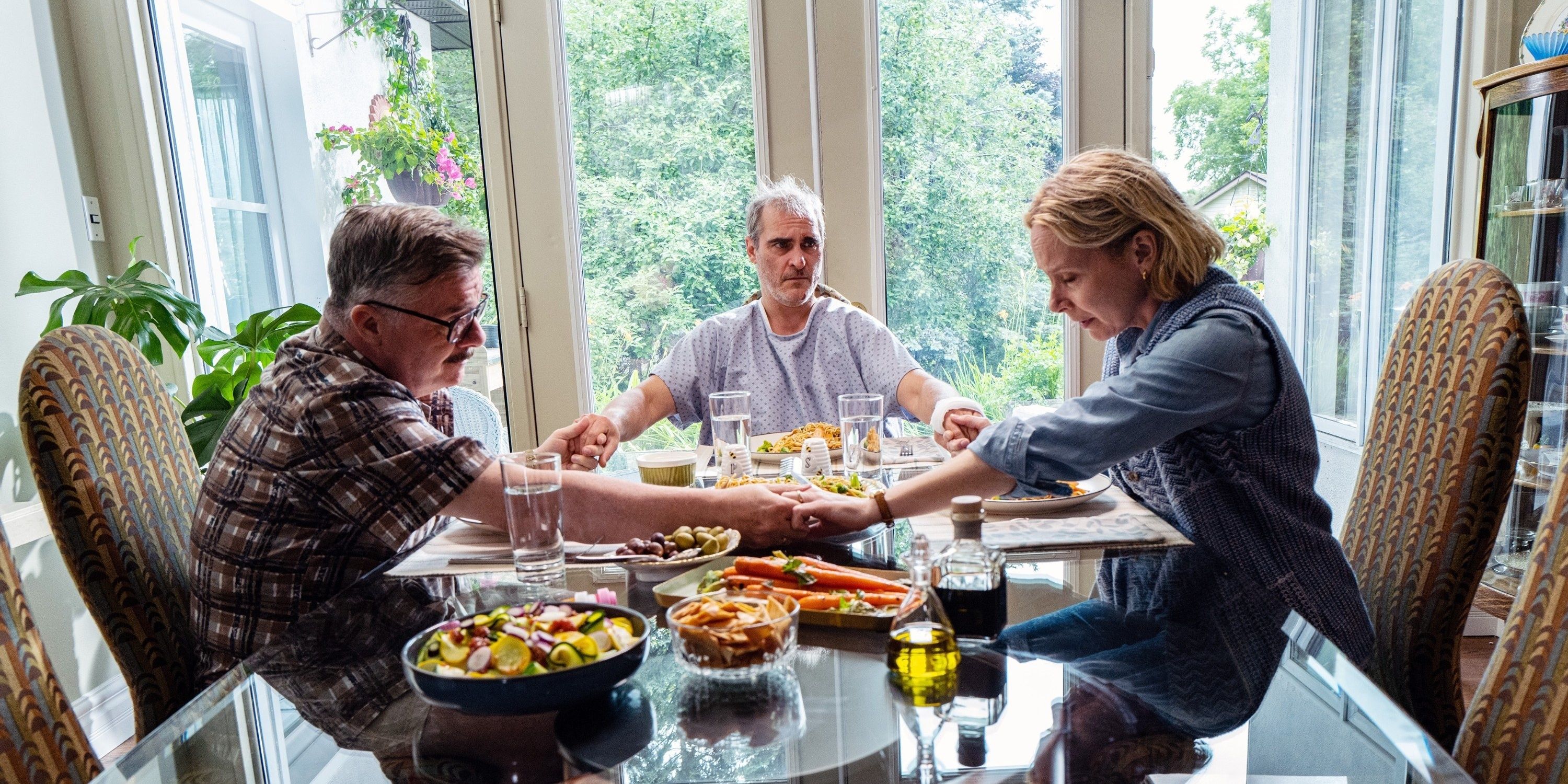Thanks to A24, the definitive hipster film studio of the current era, the “nightmare comedy” has made a bit of a comeback. In their effort to empower filmmakers over the past decade, the prolific company has produced a great deal of anxiety-ridden work coming from the likes of the Safdie brothers, directors of 2017's Good Time and 2019's Uncut Gems, and more aptly writer/director Ari Aster who made this year's Beau is Afraid.
The filmmaker behind 2018's Hereditary and 2019's Midsommar shocked audiences once again with his third film, which can only be described as a nightmare comedy. This niche horror-ish subgenre depicts the human condition (Good Time is about brotherly love, Beau Is Afraid is about motherly love) through a surreal, distorted lens and moves in a series of sharp turns to keep the viewer off-kilter. It may not be one of the more popular corners of cinema but it is arguably one of the most exciting and has been explored by some of film’s greatest minds, with its origins deriving from the one and only maestro himself.
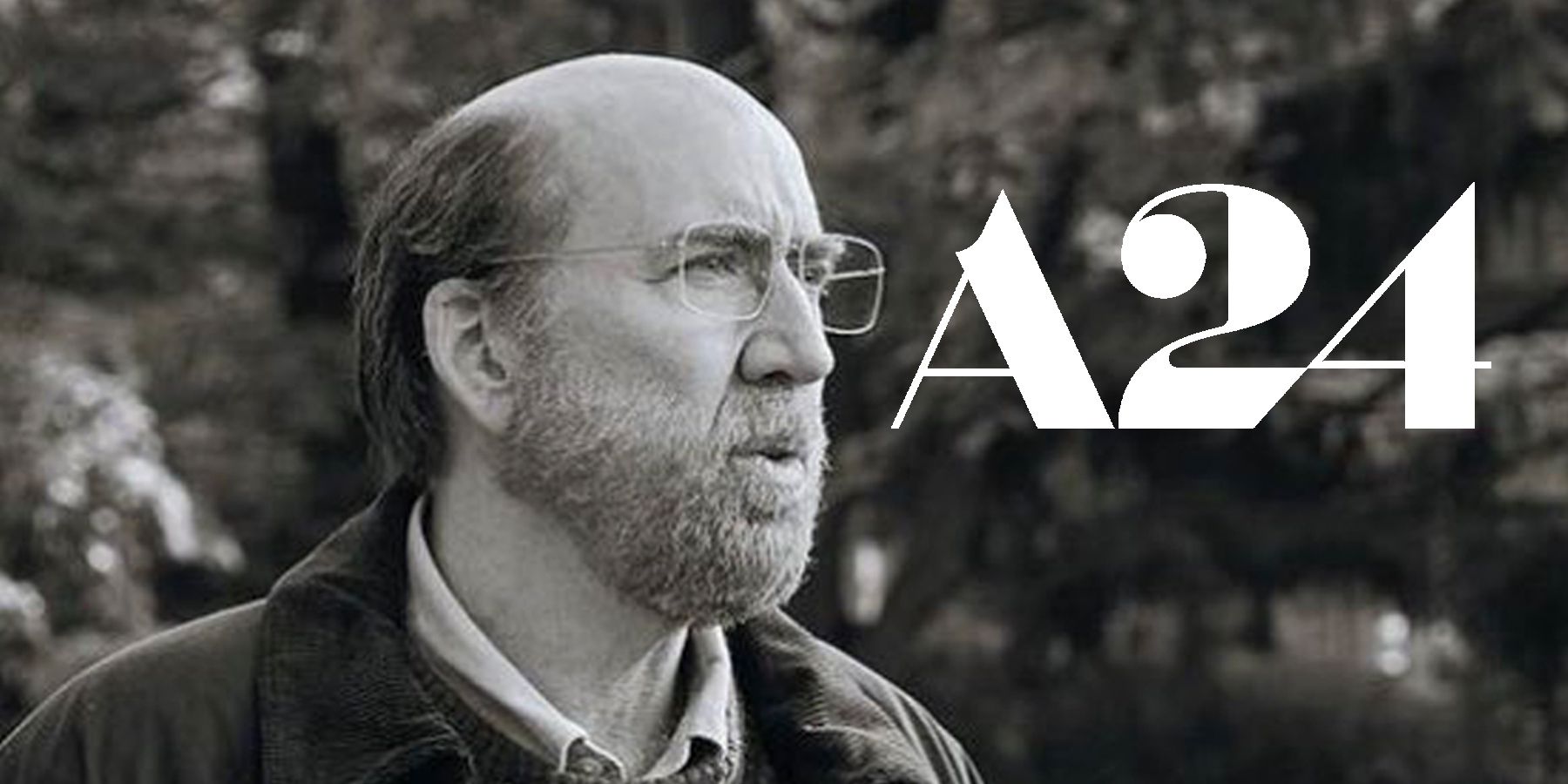
First Look At Nicolas Cage In Ari Aster-Produced Film Dream Scenario
Nicolas Cage is unrecognizable in the first released image for Dream Scenario, the upcoming A24 film produced by Hereditary's Ari Aster.
What is 'Beau is Afraid' About?
Joaquin Phoenix's Beau Wasserman is preparing to visit his mother Mona on the anniversary of his father's death when his keys get taken away from him and he can no longer leave his ramshackle apartment. After a long and anxious night, Beau calls his mother to explain himself but the line is answered by a UPS driver who gives him the tragic news that Mona has died. Plagued with guilt, Beau does everything he can to get home for his mother's funeral and is met with an odyssey of careening misadventures in order to reach destination. While not exact, the impetus of the film's plot is similar to that of Martin Scorsese's 1985 dark comedy After Hours, which is essentially a much leaner version of Beau is Afraid.
What is 'After Hours' About?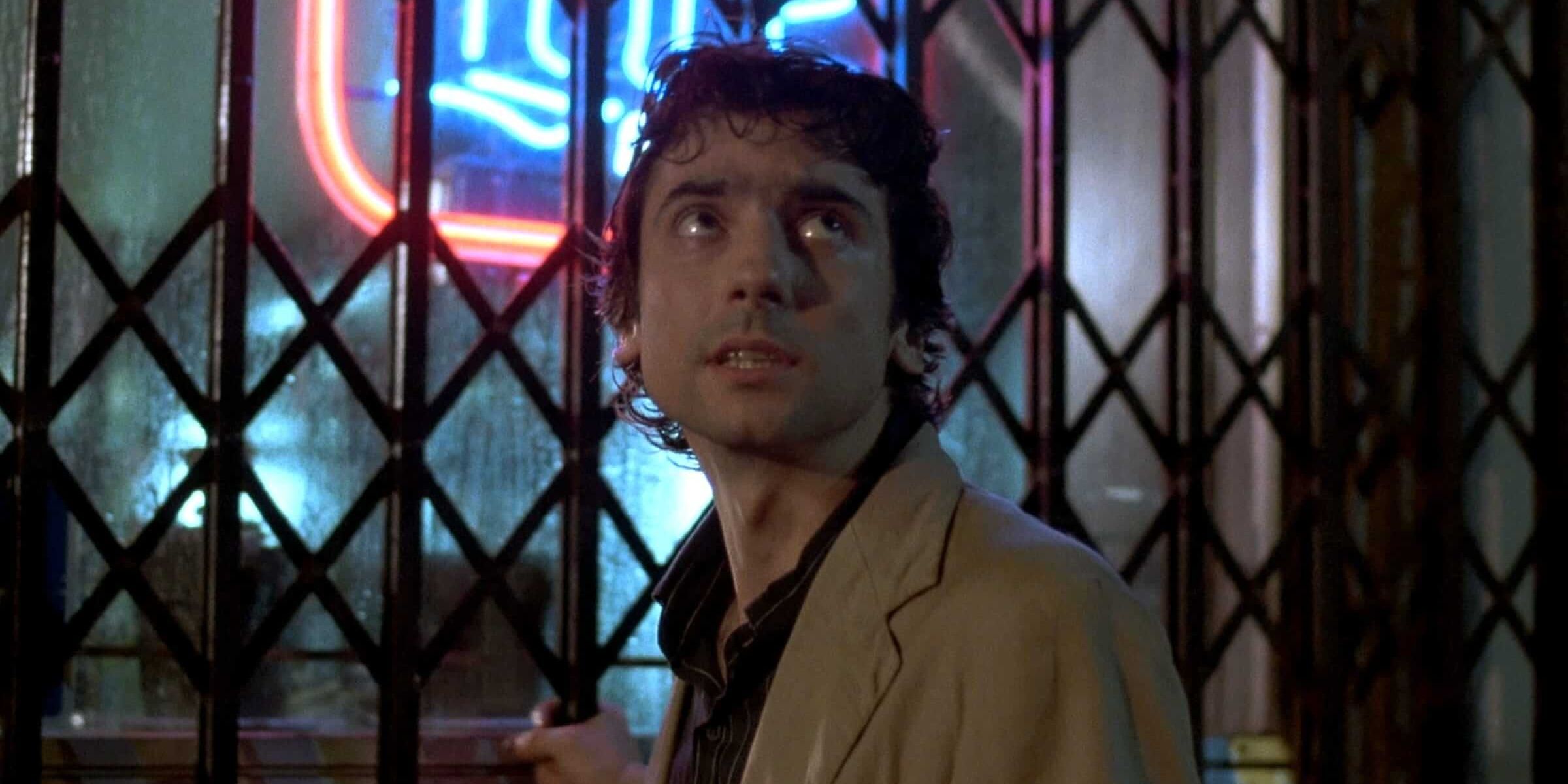
Scorsese was on the ropes after the financial debacle of 1982's The King of Comedy, another underrated film by the auteur that sadly bombed at the box office and forced him to contemplate where his career was going. Like the cinematic force that he is, Scorsese was able to strike back against the Hollywood system with an indie cult classic that was well-received at its release and has only grown in popularity during its accession on home media (the recent remaster by the Criterion Collection has certainly helped).
Atop the list of his most underappreciated work, After Hours is about a computer word processor named Paul Hackett, played by the wonderful Griffin Dunne, whose dull job is a reflection of his lonesome existence. One evening after another ordinary day at work, Paul goes to a diner and meets Marcy, played by Rosanna Arquette, a mysterious young woman who tells him that her artist roommate is selling plaster-of-Paris paperweights and that he should inquire. Paul takes her number home and, with something other than paperweights on his mind, calls to inform Marcy that he is on his way to her place in the SoHo district. This is where his dreamlike, or nightmarish, journey aligns with Beau's.
How are 'Beau is Afraid' and 'After Hours' Similar?
When discussing the connections between Beau is Afraid and After Hours, the best place to start would be the texts that they are inspired by. Aster describes his film as “Kafkaesque” due to the barrage of unfortunate and inexplicable events that pile on top of its protagonist; that was same term critics used to describe After Hours during its release. Both are also clearly influenced by Greek mythology (much like another recent nightmarish film from a true auteur) and feature stories about men who commit to a single goal only to be jerked around by the forces around them. Their plots are dictated by near impossible coincidences and frantically pivot from scene to scene with fluid camerawork and searing music. Both of them also embrace the “style over substance” pitfall and repurpose it into an effective use of “style as substance,” however this is not to say that they necessarily share a style.
How are 'Beau is Afraid' and 'After Hours' Different?
As a matter of fact, the most significant difference between the two films is their style. Beau is Afraid operates at a more meandering pace, clocking in just under 3 hours, while After Hours moves at breakneck speed. Aster, as he usually does, also leans into the freakiness of his scenarios whereas Scorsese allows his to exist in a prism closer to reality. The events in After Hours feel completely illogical yet realistically could happen as slim as the chances are; Beau is Afraid takes place in its own fantastical world despite portraying one that looks eerily similar to ours. The comparisons can go on and on, but it is important to also view them individually as the complex films that they are. Both filmmakers needed miracles for their subversive visions to be realized and that alone gives them a potent creative charge that few films can express. Now comes the waiting game as Beau is Afraid looks to achieve the same cult classic title as After Hours, which seems inevitable based on its polarizing response.

